Herbs are typically hardy and resilient. In these times of unpredictable weather, herbs provide beauty, flavor, medicine and food for people and pets. One additional benefit of herbs is serving as good companions for your flower and veggie gardens. When certain herbs are planted near or among other plants, they help those plants be resilient, too. Companion planting with herbs attracts beneficial insects or draw unwanted pests away from more vulnerable plants. Here are a few examples of our favorite companion herbs.
Calendula
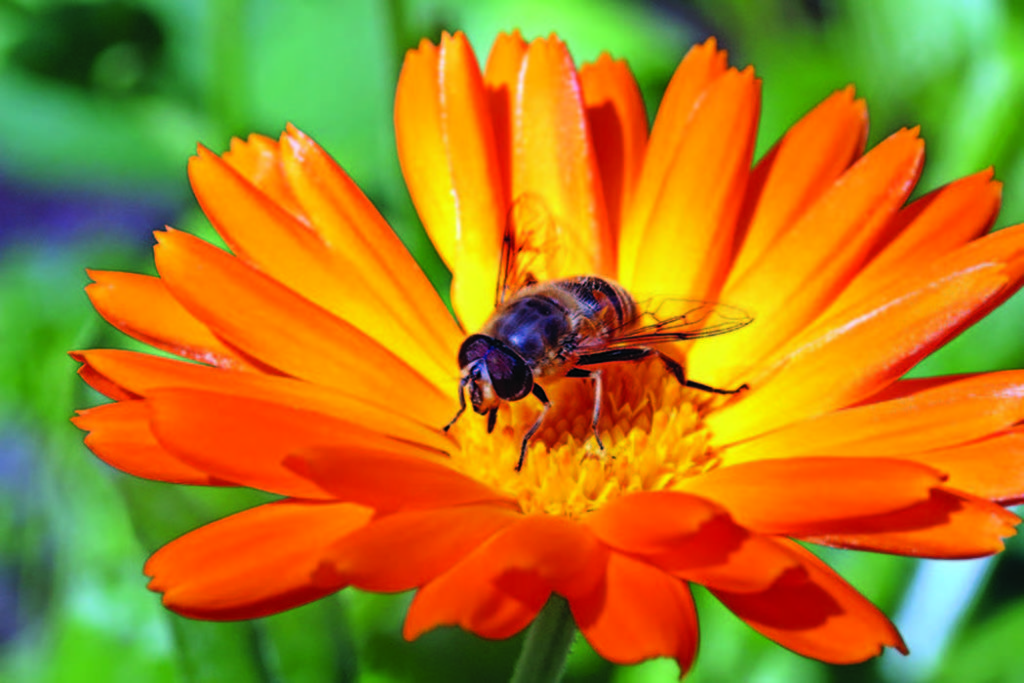
This cheery, sunny, fragrant flower (also known as pot marigold) pairs well with eggplant and tomatoes. It attracts a wide variety of pollinators, including striped bees and iridescent bee-like insects visiting the flowers throughout the day when they are open. Calendula is also well loved by crab spiders, which enjoy the wide variety of tasty insects that visit the flowers, including some pest insects. It can be a great border plant or inter-planted among the veggies. As an annual, it will reseed itself. So, it’s best to harvest and use the flowers as an edible, for tea or for medicinal uses, so it doesn’t go to seed. If a few volunteers sprout, Calendula transplants easily, so you can move them to a more desirable location.
German Chamomile
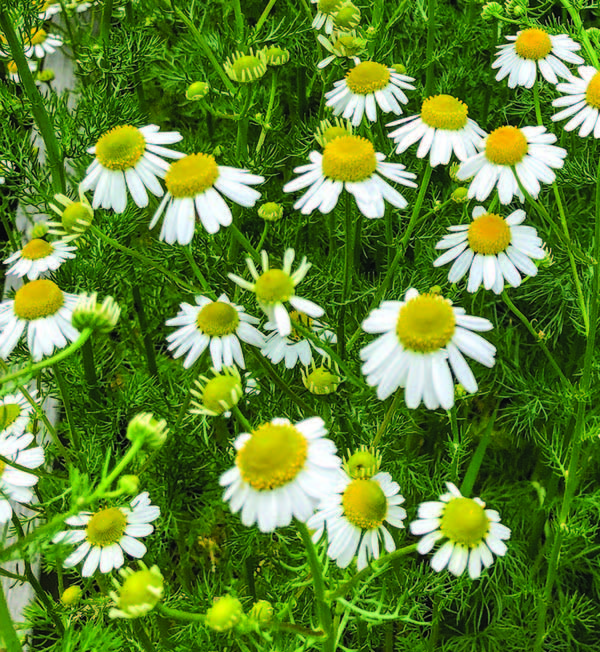
This lovely flowering annual, has a floral scent with a hint of apples. It partners well with cole crops, such as cabbage, cauliflower and kale. The aroma deters pests such as the white cabbage butterfly. Its feathery leaves house a wide range of predatory insects and attract pollinators to its flowers. It is well loved by small stingless bee-like pollinators and ladybeetles/ladybugs (those bright red-backed beetles who favor aphids), who can easily access the small flowers. Like calendula, it makes a great herb to interplant in the veggie garden or on the edge of a flower “hedge” with other annuals. It pops up in many places around the farm, and since it makes such a nice companion, we often leave it where it comes up – harvesting and preserving it for tea for the winter.
Dill

This annual, with its umbel (umbrella like) flowers, is highly attractive to a wide range of beneficial insects, such as lacewings. The highly predatory lacewing larvae can eat a great number of pest insects such as aphids, spider mites, leaf hoppers, and other soft bodied veggie pest insects. Dill also attracts predatory hover flies and ladybeetles, as well as parasitic wasps. We frequently find young dill plants covered with the larvae of ladybugs; the most voracious stage of the ladybug life cycle. It is a great plant to scatter in the veggie garden for cole crops, such as cabbage, kale, and broccoli. Cucumbers do not do well with aromatic herbs such as dill or German chamomile, so it’s best to separate them within the garden. If you miss harvesting a few heads, you will most likely find some volunteer dill plants in next year’s garden – we find them relatively easy to transplant.
Yarrow

This quiet but sturdy perennial is heavily inter-planted among our roses. We find it provides an excellent attractant for ladybeetles/bugs. One rose plant that does not have yarrow planted beneath it, had terrible aphids all over it. While the other roses, which are surrounded on both sides by yarrow, had significantly less. While harvesting, we often have to gently shake the ladybug larvae off the yarrow flowers. The leafy, ferny foliage, along with its tightly packed flowers, make great hiding places for many other insects. It can also be planted along with other herbs to create an easy care hedge. A mixed-herb hedge along the edge of the garden typically includes these other perennial herbs – lavender, sage, beebalm, feverfew and thyme.
These are just a few of our favorite herbs and ways we’ve successfully planted them in our gardens and landscape as companions for our veggies, flowers, and other herbs. Consider tucking one or more of these herbs among your other plants for a more resilient garden.
Beebalm
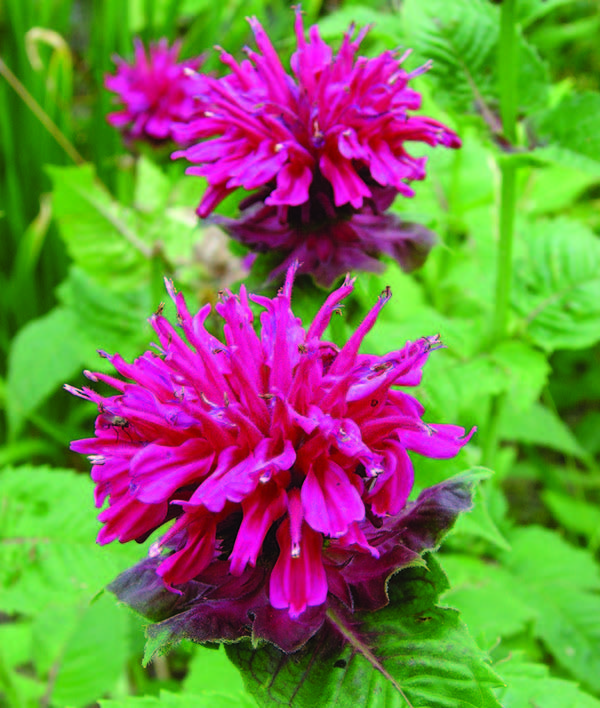
Is very attractive to pollinators such as bees, bumbles, hummingbirds and butterflies. The beebalm in our garden is planted in the middle of the winter squash and pumpkin patch. Although difficult to rototill around in the spring, we’ve found this arrangement keeps all the squash and pumpkins well pollinated. Beebalm blooms later in the spring and continues to flower throughout the summer into early fall. This matches the bloom time of winter squash and pumpkins, and also provides another late source of nectar for resident hummingbirds.
Erin Harwood & Eloyce O’Connor are co-owners of Garden Delights Herb Farm in Brush Prairie, WA, where they grow a variety of herbs for culinary, medicinal, pet, home, and garden use. They also offer classes.
For more info: GardenDelightsFarm.com

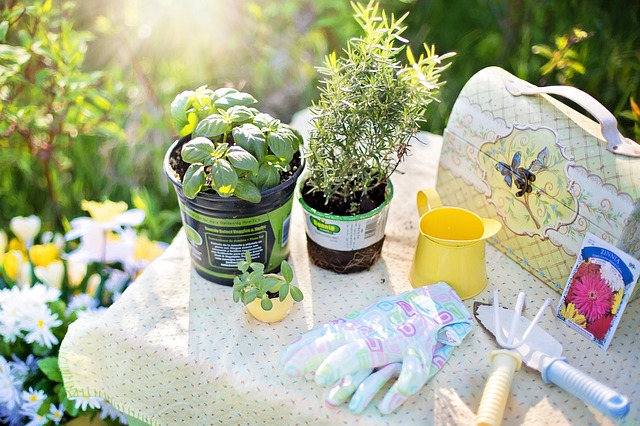


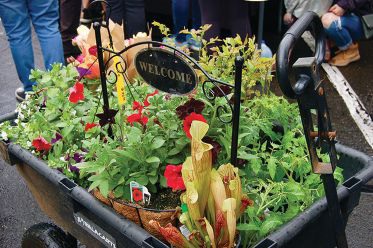
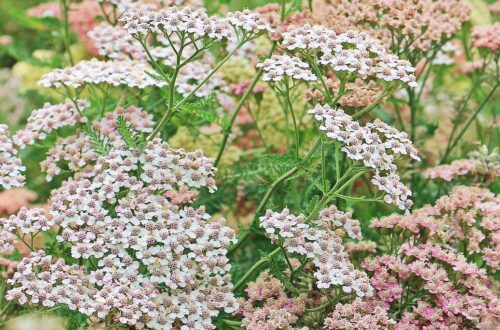
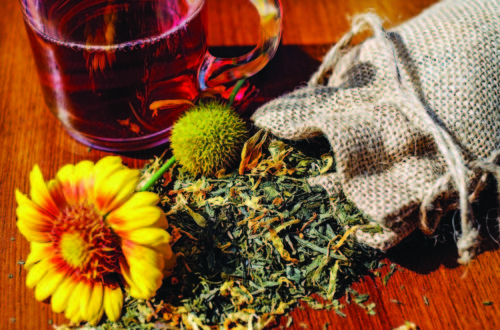
One Comment
Pingback: